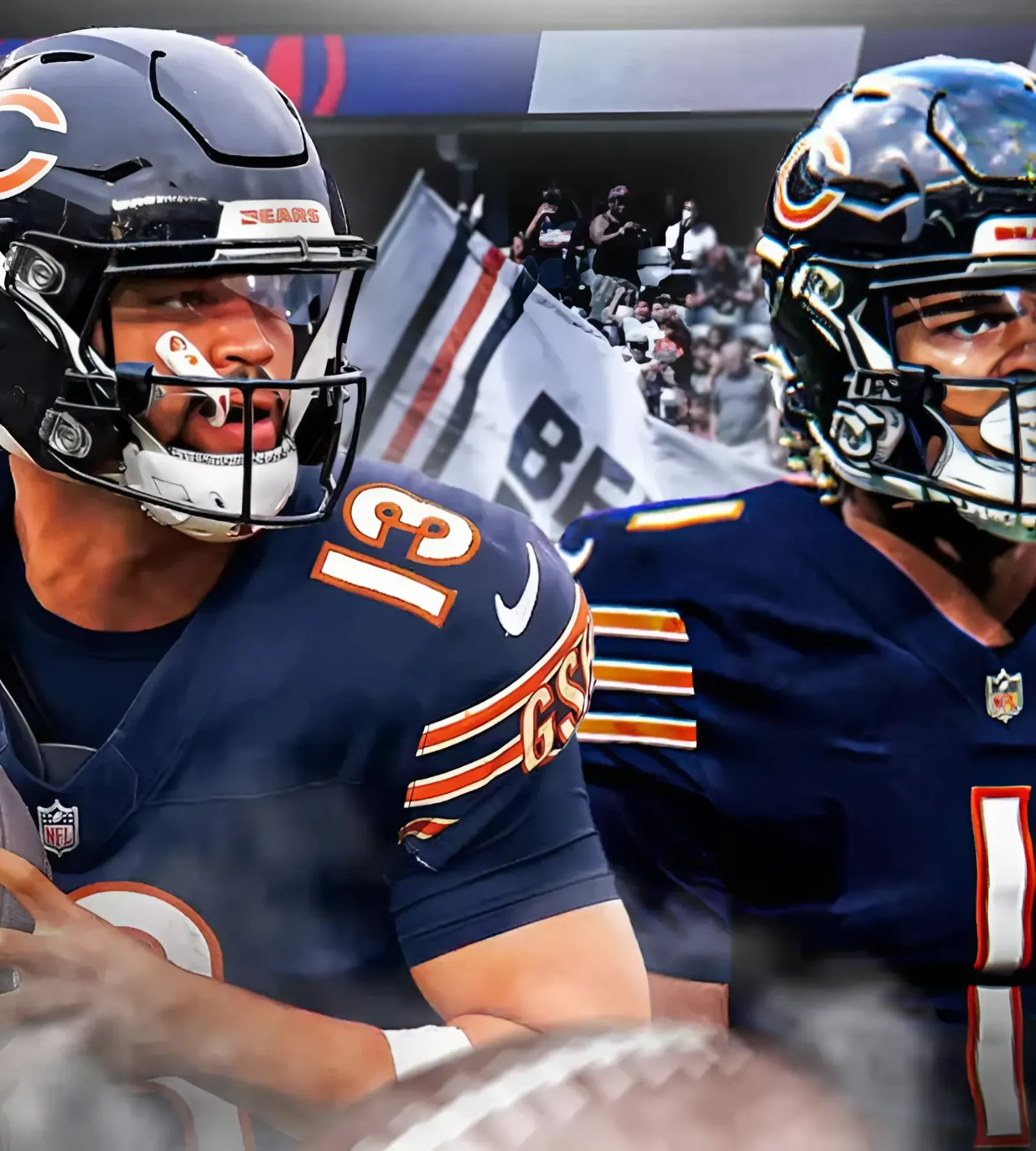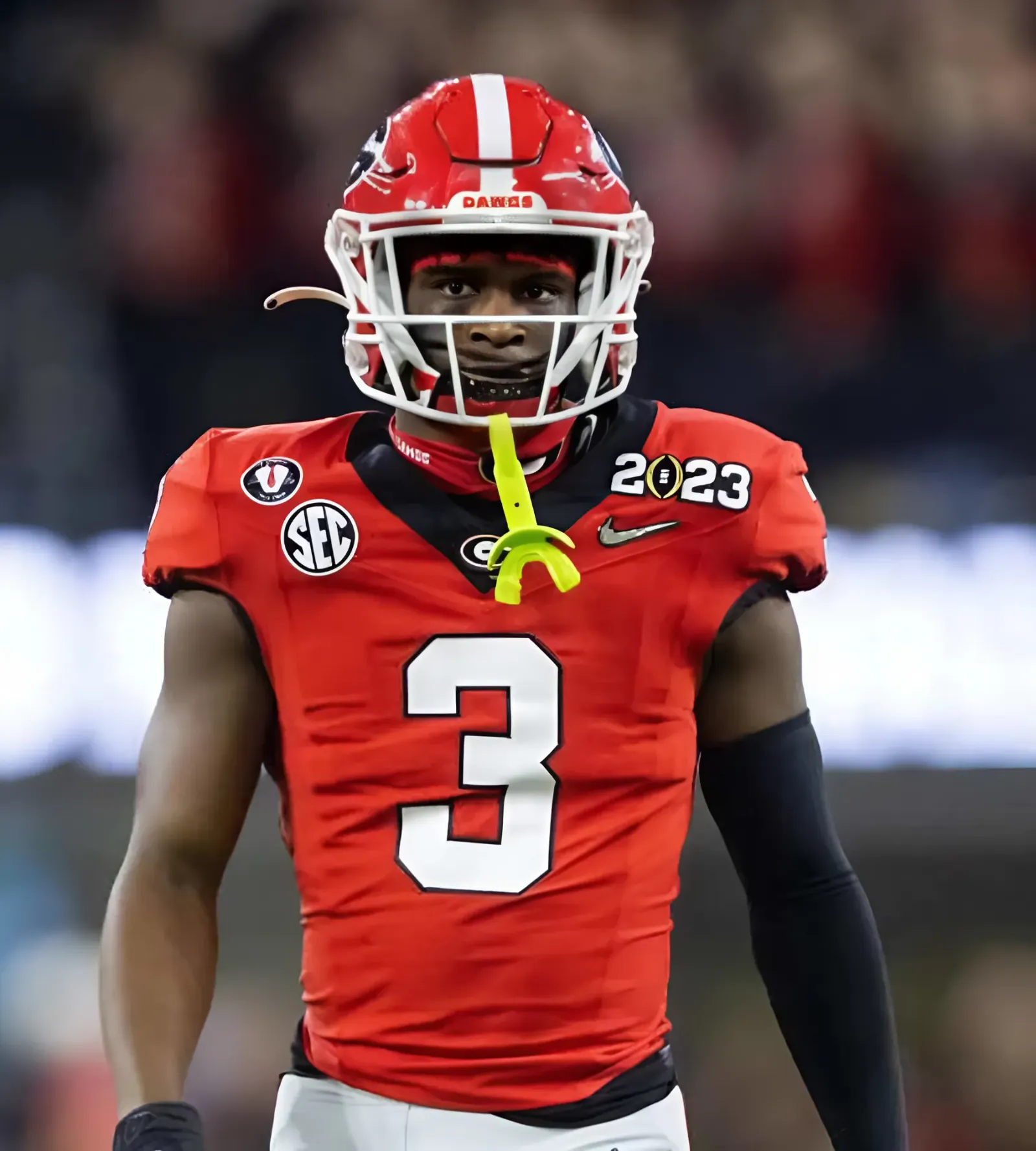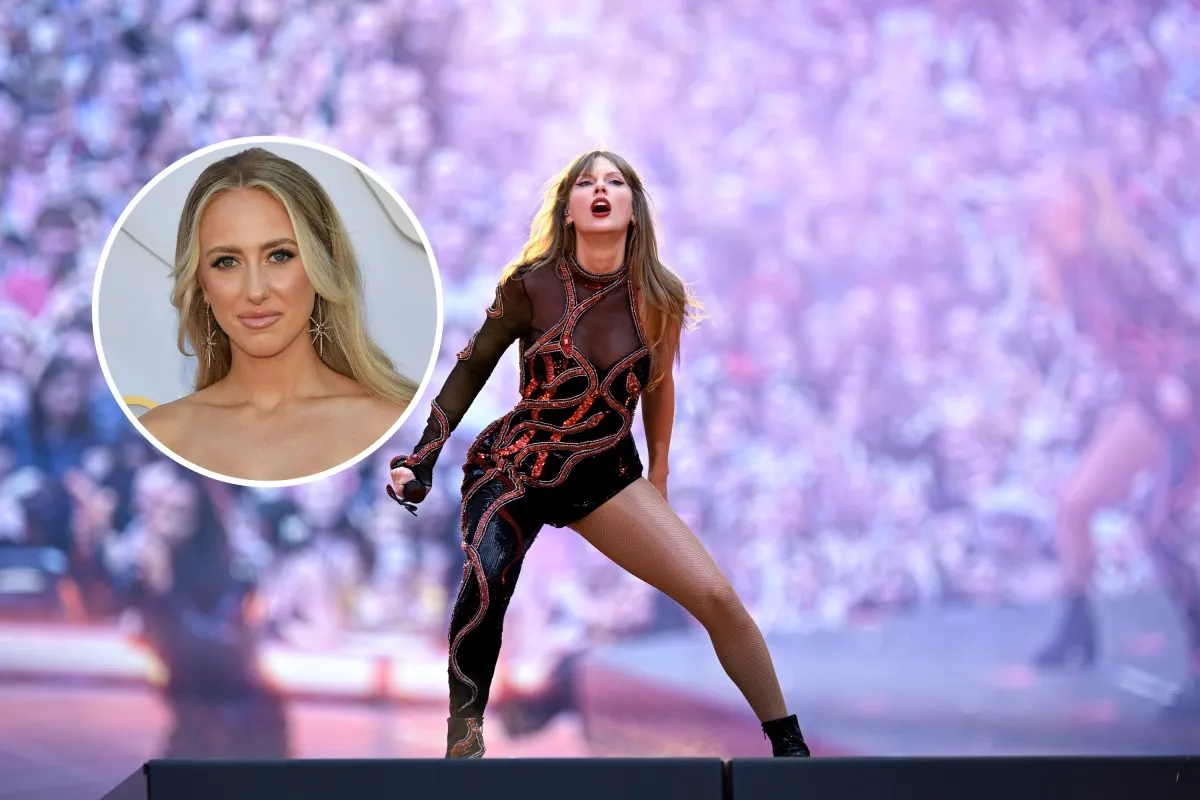This article is brought to you by bet365!
If you can find a member of this Vancouver Canucks ‘ roster whose popularity among the fanbase fluctuates on a nightly basis more than Tyler Myers, the floor is yours.

I’ll wait.
Some nights, he’s Canucks Nation’s hero.
Other nights, well, he’s doing things like this.
Tyler Myers may as well have not even been there pic.twitter.com/BJOZvQchTq
— Dimitri Filipovic (@DimFilipovic) February 10, 2024
And there is no better rush than the anticipation of seeing all 6-foot-8 of Tyler Myers flying up the wing to take his patented and outrageously wound-up slap shot.
Final sequence of the game, the Silovs save and Tyler Myers stacking the pads to secure the win pic.twitter.com/gVUPzA6pMe
— Wyatt Arndt (@TheStanchion) May 4, 2024
But when things are bad, it’s quite obvious where the sourness of this fanbase stems from, and I’ll give you six million guesses why.
There’s no way to sugarcoat it: Tyler Myers makes too much money for the pedigree he brings on a nightly basis.
With that said, 6-foot-8, right-shot stalwarts who are willing to sacrifice their bodies and lay it all out on the line do not simply grow on trees.
There’s a spot for him on this roster; it just comes at a much lower cost and is likely a little further down the pecking order.
The Counting Statistics
| Games played | Goals | Assists | +/- | PIMS | Hits | Blocks | TOI |
| 77 | 5 | 24 | 16 | 77 | 110 | 136 | 18:57 |
All statistics are courtesy of Natural Stat Trick.
There was a cry in the market for Myers to play fewer minutes after the disastrous 2022-23 season. Credit must be given to the Canucks’ coaching staff and management for their success in finding an avenue to make that a reality.
Myers averaged 18:57 minutes of ice time per night, the first time in his 15-year career that he had averaged less than 20 minutes per game. The reduction bled through his entire stat sheet, as he improved in nearly every meaningful counting metric while posting his highest plus/minus total as a plus–16.
Of course, playing among the sixth-best team in terms of goal differential (plus-56) certainly helped his cause. But it’s a positive development, nonetheless.
With one point shy of 30 on the year, Myers posted his best statistical season as a member of the Canucks’ blueline. Additionally, his 24 assists were the highest he’s posted since the 2017-2018 season in Winnipeg.
What makes Myers so intriguing is his ability to be a chameleon on the backend. In addition to killing penalties and being able to hop into power play situations – although seldom – he’s created the reputation as the trusty defender whom Rick Tocchet can interchange throughout the rotation.
According to Dobber’s Frozen Tools, Myers spent the most time alongside Carson Soucy (30.7% or 389:45 minutes) but was also one of the more balanced defenders, seeing a rotation of partners throughout the season.
When the team needs a shake-up, Myers can be versatile and create a “quick fix” when a big body is needed.
The Fancy Numbers
To be fair, Myers has never necessarily been an advanced metrics darling. He’s only posted three full-time seasons over the 50% Corsi for percentage (CF%) plateau, none of which have come wearing a Canuck jersey.
| Corsi For % (CF%) | Expected Goals For % (xGF%) | Scoring Chance For % (SCF%) | High-Danger Chance Scoring Chances For % (HDCF%) |
| 49.07% | 52.41% | 52.03% | 57.75% |
All statistics courtesy of Natural Stat Trick.
All of these stats are from his even-strength numbers, and he actually finished third among full-time Canuck defenders with his 49.07% CF% – both Cole McWard and Mark Friedman technically posted higher percentages but with much less playing time.
He did manage to post his best High-Danger Chance For Percentage (HDCF%) season with a 57.75% on the year, finishing as the team’s top full-time defender in the metric.
The Simple Stuff
We can talk statistics all day. That’s typically what the masses want from the players.
Yet, with Myers, the progress made this year goes somewhat deeper than just the counting stats. It’s the “eye test” stuff that has really benefited from his lowered minutes.
At this stage of his career, Tyler Myers is most effective when he’s playing a simple and sheltered game.
In past seasons, there were times – numerous times, actually – when he looked completely lost on the ice.
This year, there appeared to be much less “chaos.” His game felt more calculated and, in turn, garnered higher praise from the Canuck faithful.
That likely boils down to coaching and the structure that has been bestowed on the players all season long.
You know, the staples.
“There wasn’t a lot of guessing for us,” Myers raved about the coaching staff and the structure instilled within the defensive corps.” They held us very accountable.”
Myers, 34, is now approaching his UFA off-season, and when asked about wanting to return to Vancouver next season, he enthusiastically responded, “Yeah, I would love to. What we’ve been able to build here the last year and a half, I think it’s really special to be a part of.”
Myers is expected to fetch around 3 million dollars this summer, effectively cutting his contract in half. And make no mistake about it: With a cost-effective cap hit, there is still value in a player who adds a menacing frame and competes in a time of need (like the playoffs).
The big question looming is what the right side will look like next season.
According to NHL EDGE, Myers sits under the 50th percentile in top skating speed and is not getting any younger. Assuming he returns, it’s going to be crucial for the team to keep his minutes at bay, should they want to maintain the same Tyler Myers we saw this year.
As of today, Noah Juulsen is the only current right-shot defender signed through next season, so there is some work to be done on that front.
If there is one thing we learned this year, it’s that Tyler Myers is an asset, but the days of playing top-pairing minutes are well behind him.



